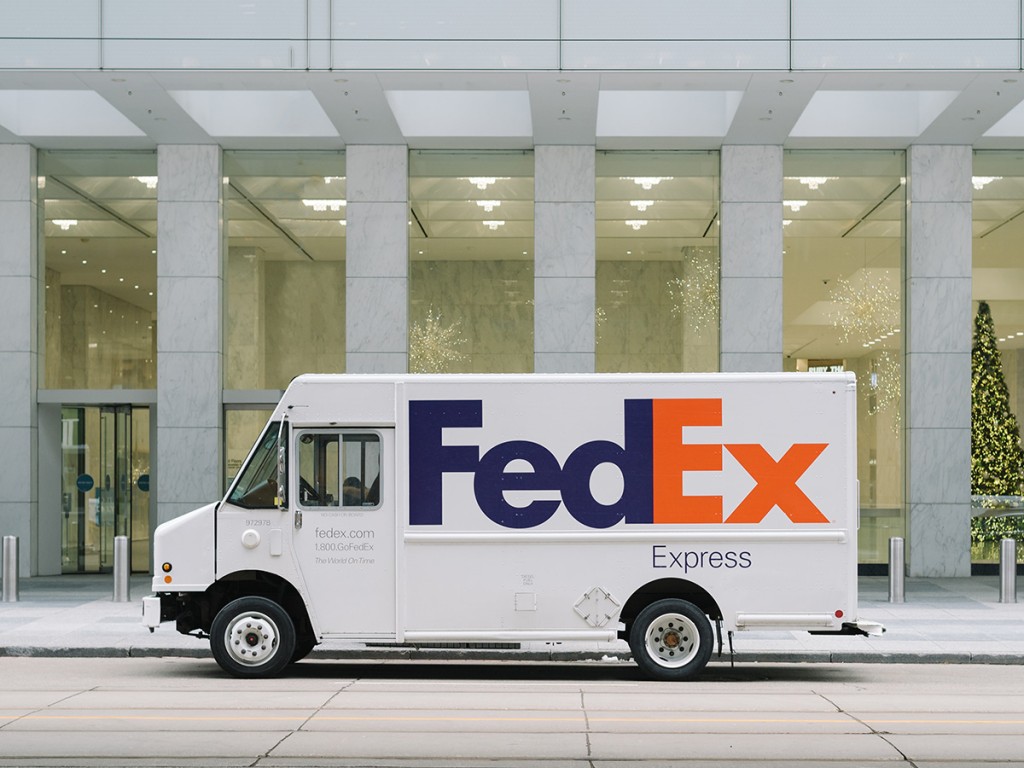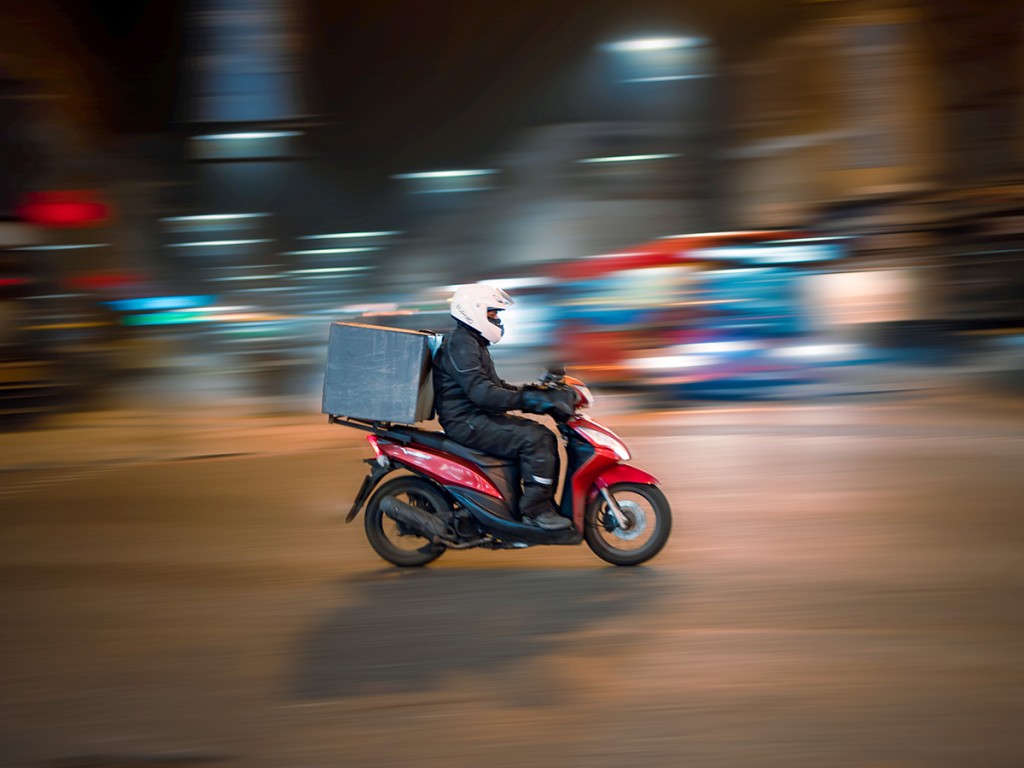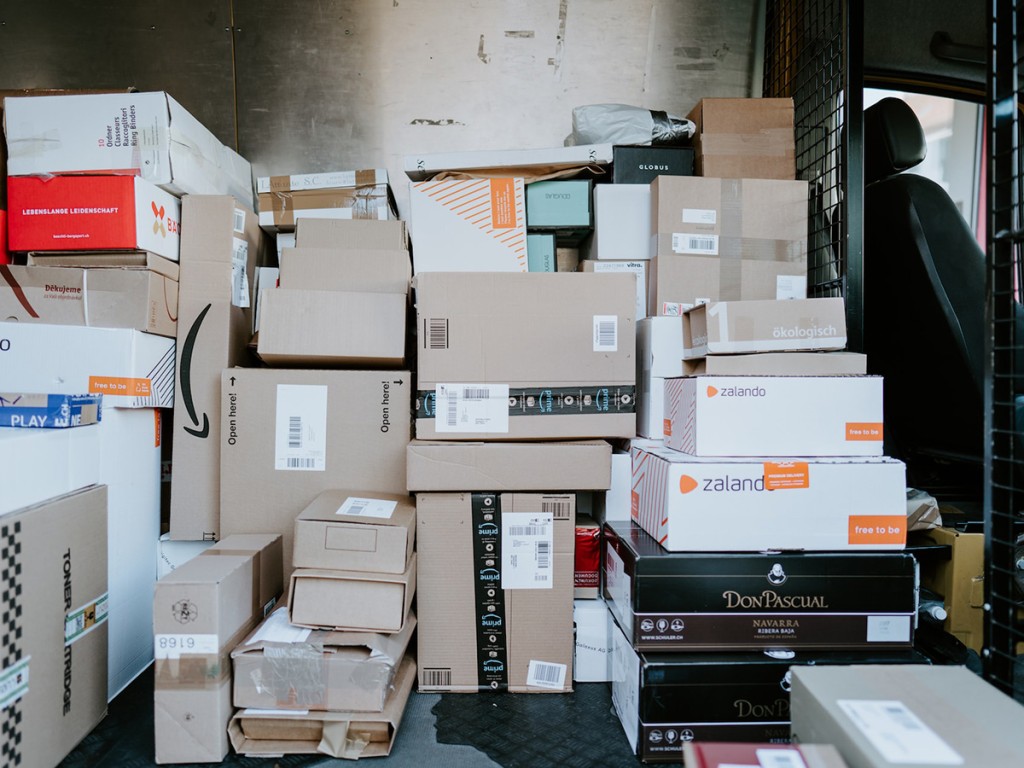
In order to optimize the running of your logistics business and make sure that your profits are protected, you need to know what sort of problems you’ll encounter. So, here’s a guide on the challenges of last-mile delivery in urban areas!
Lots of small stops

Efficient use of technology
Another of the challenges of last-mile delivery in urban areas is making the most of new and developing technology. While this is a ‘challenge’ it is not by any means a harmful or negative one. If anything, it is a fun thing to tackle, since it lets logistics companies stretch their resources further. A very good example of the way logistics are changings is the growing prevalence of drone use. While drones still aren’t a transportation method that can be reliably used over long distances, they’re ideal for last-mile delivery. They are far more mobile than trucks are. And they can allow us to avoid some of the frustrations listed in the previous passage. Particularly the fuel waste due to vehicle idling when completing a delivery. Drones and new tech in general have the potential to completely change the way we approach last-mile deliveries.
Navigation problems
While it’s not as prevalent a problem for the truly experienced drivers, navigating through a city is always one of the challenges logistics companies have to tackle during last-mile delivery. Especially for logistics companies that are just starting to branch out to nearby cities or states. Figuring out the layout of a city’s never an easy task, but navigation aps and GPS do make it a bit more manageable. Of course, the real trouble begins when you take into account that cities are practically living ecosystems of their own. Street repairs, or even rarer situations such as a burst water pipe forcing a street to be closed can occur. In these scenarios, it is crucial for the delivery drivers to respond quickly in an optimal manner. If they’re transporting sensitive items, it may even be better to divert to a climate controlled facility and opt for the suitable storage solution.
Address errors
When you hear ‘address errors’, it is easy to think that it’s the driver who makes a mistake. And this is possible, since we just went over the fact that getting around a city can be hard. However, far more common are clerical errors. In other words, when the delivery form is being filled out, the wrong address is entered. This is a serious problem, but it is still possible to fix things if the delivery is denied at the address it ended up at. The delivery driver simply has to either contact the relevant department of the logistics company or they bring the delivery to the nearest warehouse. Proper fleet tracking and management can also help by making it very easy to redirect the delivery truck to the actual location. However, the customer can enter a wrong address too, which is impossible to fix easily or without contacting them.

Congested roads
One of the most frustrating challenges of last-mile delivery in urban areas is road congestion. This is particularly common in larger cities, of course. And to be in a rush hour in one of them is something every delivery driver dreads. This is the reason why the moving and storage experts from Zippy Shell Columbus insist on organizing their moves when there’s no risk of encountering the rush hours. Meticulous care and planning can, therefore, either eliminate or mitigate this risk. But there are also times when it may be impossible to avoid it. For example if there’s an urgent delivery. In such scenarios, the importance of route planning shines through. The delivery driver needs to be guided through side streets and less used roads in order to perform their job without encountering undue delays.

Delivery schedule optimization
The final of the challenges of last-mile delivery in urban areas is optimizing a schedule. This is less of an issue when doing home deliveries. Leaving a package on someone’s front porch or in their mailbox, when possible and safe to do, is not ideal. But it’s still better than dealing with endless delays and unanswered phone calls in a rush to contact the customer. The real challenge of scheduling is when doing deliveries to other businesses. They need to have their warehouse ready to accept the goods you are shipping to them. And a whole lot of delays can potentially happen on their end. In order to overcome this, communication is key. If someone calls in a last minute change, you can use fleet tracking to pin down your delivery truck’s location and redirect them to another warehouse or a completely different delivery.
Dealing with the last mile
If you are aware of the challenges of last-mile delivery in urban areas, you can plan around them and find ways to overcome them! Even if you can’t do it perfectly, you can still make your operations more streamlined and, ultimately, profitable. And you can absolutely rest assured in the knowledge that, eventually, technology will solve even the most annoying of the challenges you have to deal with. That’s why it’s constantly moving forward, after all!








